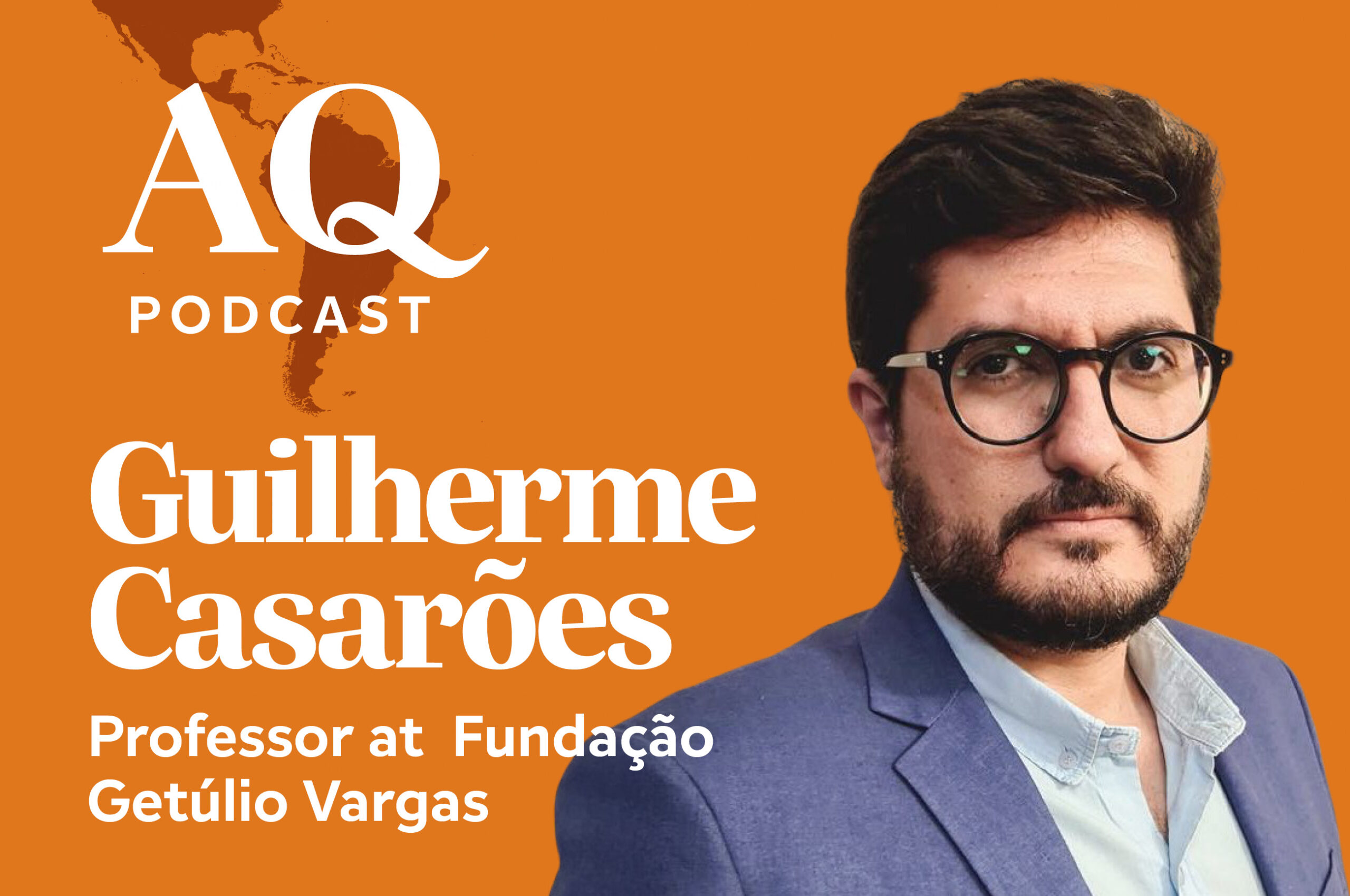Brazil Update: The Legal Steps Involved in the "Big Oil" Case
Brazil Update: The Legal Steps Involved in the "Big Oil" Case
Understand the case involving corruption in the state-run petroleum company and what’s next in the legal process.
Last week, Brazil’s largest corruption scandal took a new turn, involving dozens of current and former politicians. On March 6, the country’s Supreme Court gave the green light to investigate 54 people for their ties to a bribery scheme involving Petrobras, the state-run oil company. Those under investigation include a former president, the Senate president, and the Chamber of Deputies speaker. So are Antonio Palocci—the president’s 2010 campaign manager and former chief of staff—and Senator Antonio Anastasia, one of Aécio Neves’ 2014 presidential campaign managers. Most of the elected officials named form part of President Dilma Rousseff’s governing coalition.
Understand the case and what’s next in the legal process.
Operation Car Wash and the Big Oil Case
The March 6 announcement came about a year after the petrolão (“big oil”) scandal broke, when police arrested former Petrobras director Paulo Roberto Costa. He revealed that construction companies paid large bribes to Petrobras in exchange for contracts.
During the so-called “Operation Car Wash” investigation, police found suspicious payments worth up to $3.7 billion, making the corruption scheme the largest in Brazil and at least six times bigger than the mensalão (“big allowance”) scandal, according to O Globo.
So far, Operation Car Wash led to indictments of 40 people—including two former Petrobras senior managers and nearly two dozen executives from top construction companies—on charges ranging from racketeering to money laundering.
The Supreme Court’s Role
Those named last week form part of “Janot’s list,” named for the Attorney General Rodrigo Janot. The current federal legislators on the list have privileged jurisdiction, meaning they can only be tried in the country’s highest court, the Supreme Federal Tribunal (STF).
Due to this constitutional rule, the STF will now decide whether to put those under investigation on trial. The attorney general may also give a second list to the Superior Court of Justice in order to try governors involved in the case in that court.
The process is unlikely to be quick. The mensalão, previously the largest political corruption case, took seven years to go to trial. One reason for this relates to the STF’s caseload and crowded docket. Last year, the court made rulings on over 14,000 cases. (By contrast, the U.S. Supreme Court typically makes ruling on less than 200 cases in a given yearly term.) Given the huge caseload, the court decides not only on major cases, but also ones like the case of a stolen flip-flop and another involving a chicken robbery.
Also, Rousseff has yet to nominate a new Supreme Court judge after Chief Justice Joaquim Barbosa retired in July. As a result, lawyers complain that the court is unable to reach quorum, delaying decisions and further backing up the docket. It’s a critical decision, since the new justice will take on the petrolão case.
Next Steps in the Investigation
Now that the STF agreed to the investigation, Janot must put together evidence, which can include new testimony, phone taps, and document collection, among other measures, all of which require authorization from the Supreme Court. After that, the attorney general can present a formal charge against the accused. The court would then give lawyers 15 days to submit a preliminary defense. Only then will the court decide whether or not to begin a trial.
Once a trial ends, defense lawyers can still appeal. There’s no legal set time limit for how long the appeals process lasts. For example, because of appeals, the mensalão trial lasted a year and a half with justices meeting for 69 sessions.








